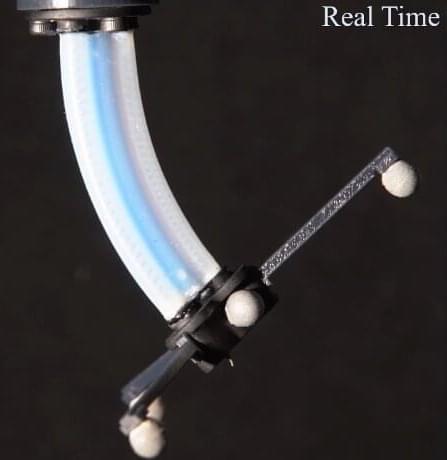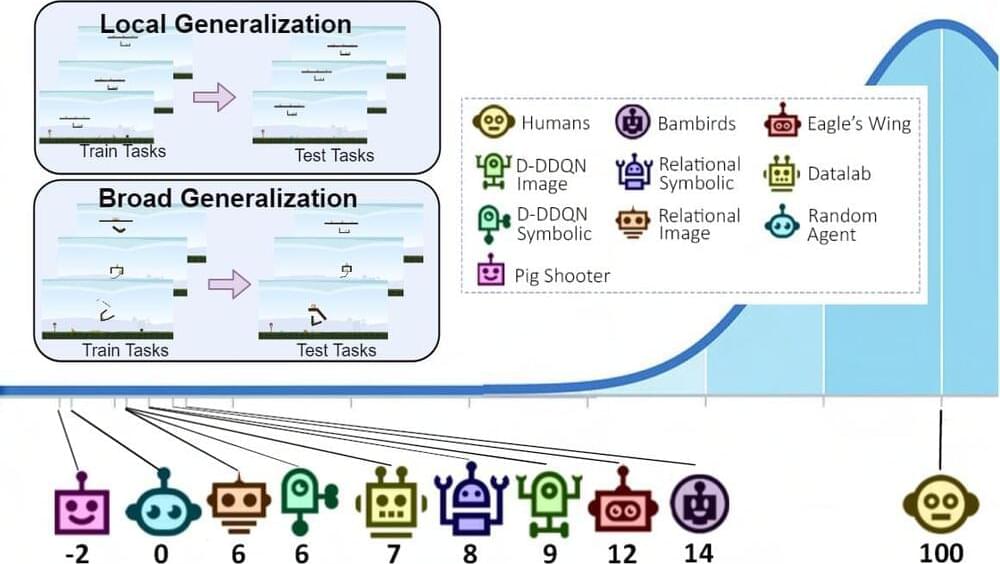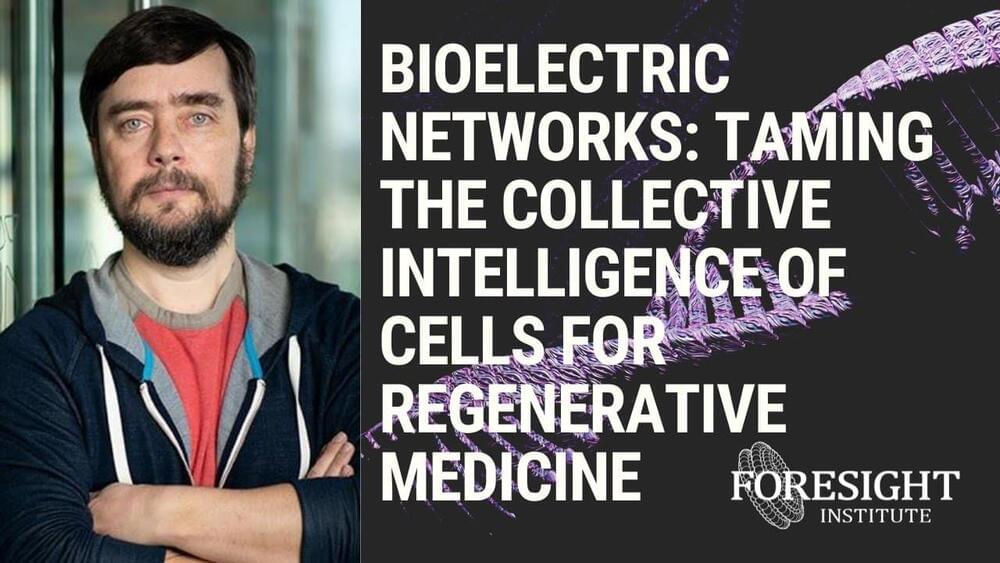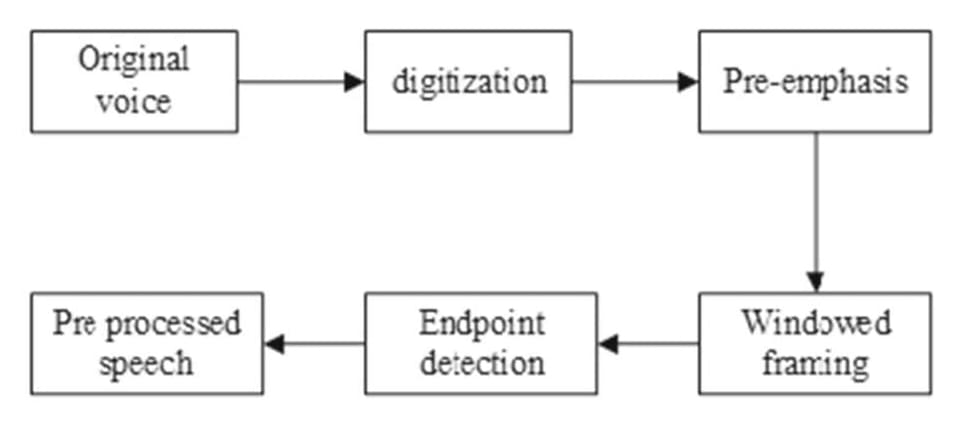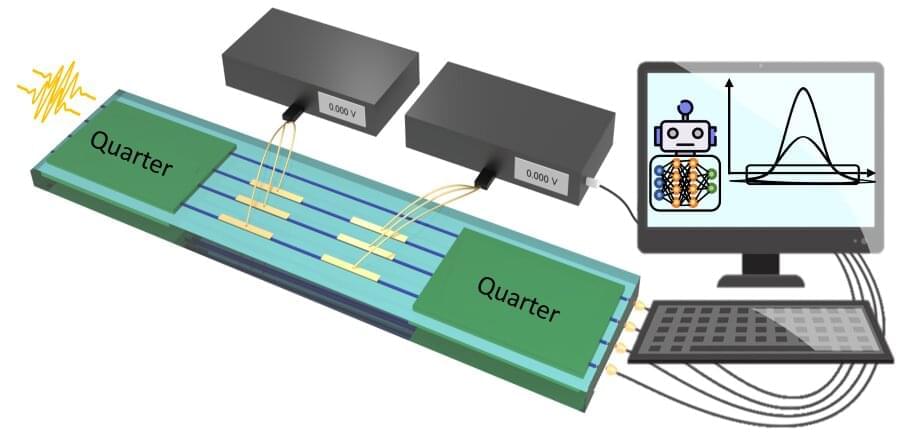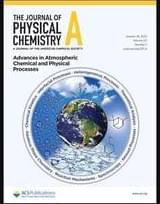Feb 10, 2023
A soft robotic tentacle controlled via active cooling
Posted by Saúl Morales Rodriguéz in categories: biotech/medical, information science, robotics/AI
Robotic systems have become increasingly sophisticated over the past decades, improving both in terms of precision and capabilities. This is gradually facilitating the partial automation of some surgical and medical procedures.
Researchers at Tsinghua University have recently developed a soft robotic tentacle that could potentially be used to improve the efficiency of some standard medical procedures. This tentacle, introduced in IEEE Transactions on Robotics, is controlled through their novel control algorithm, together with the so-called active cooling for shape memory alloy, the actuating candidate for the robot.
Continue reading “A soft robotic tentacle controlled via active cooling” »
